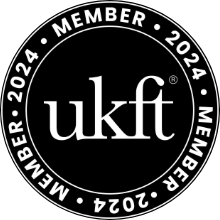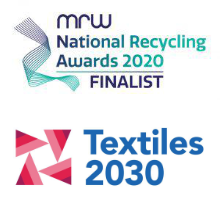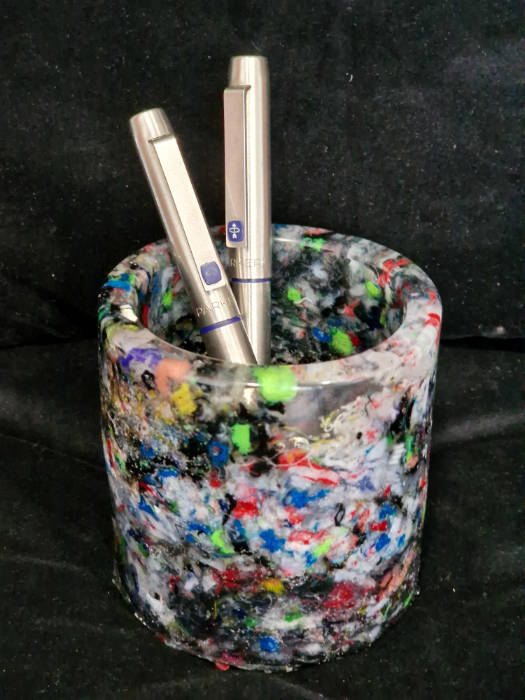We’ve heard it before recycle, reuse and reduce. From the day we start school, we are told to put the plastic bottle in the recycling bin or put our papers in the blue bin, yet the conversation around recycling our unwanted clothing is still to this day barely touched.
Even though more people are shopping than ever before the conversation around overconsumption in the fashion industry, lacks detailed discussions. The textile industry is extremely important in helping us tackle climate change and here at Roberts Recycling, we are keen to engage in the discussion on how much of a positive impact recycling clothing can have.
The real issue with overconsumption is where the unwanted clothing ends up. Landfill is now a real issue with overflowing sites all around the UK. In 2018, environmental journal stated in an article the waste crisis is in ‘immediate effect’ and landfills could overflow by 2022. Fast forward to 2021 and whilst a lot of great work has been done to help cut down landfill waste we believe there is more work ahead of us. And with that in mind let’s dive into the four reasons by Textile Recycling is key in helping the environment.
- It Helps Those In Need
One of the main reasons why people choose us to recycle their clothing is because of the help we provide to all the charities who partner with us. From Alzheimer’s Society to Alder Hey, we are proud of our work in helping these charities raise vital funds. When you choose to use a recycling textile company, it is likely you’ll be helping a bunch of people in need. When you recycle clothing, your aid is widespread.
2. It Cuts Down Landfill Waste
As discussed above one of the biggest issues against climate change is landfill waste. When we choose to recycle our clothing rather than simply bin it we are taking the action against climate change and are cutting down greenhouse gases that are found in landfill sites. As well as greenhouse gases we also play a part in reducing landfill costs for cities and creating space for something more beneficial.
3. It Impacts More Than One Industry
The production of clothing uses a huge amount of water and energy every day from different industries and these processes are hugely damaging to our environment. By recycling, we can save energy by eliminating the need to make materials from scratch. On average it takes 1,900 gallons of water to make one pair of jeans, water that could go to help those in need of it.
Simply, when you choose to recycle clothing you are playing a huge role in reducing the impact of the fast fashion industry.
4. Helps Cut Down Huge Stats
As it currently stands the news is full of scary stats. Whilst most are negative and can be overwhelming taking action in our everyday lives will help cut down these numbers. The best way to transition to using and recycling old clothing is by learning about the impact it can have.
Here are four stats we found and loved:
On average 95% of clothing is recyclable.
The recycling rate for all textiles is at around 16%, which has increased drastically from 2018.
In the United Kingdom, there are a total of 3,943 stores specialising in selling second-hand goods.
In a poll of 1,500 respondents conducted by waste management agency BusinessWaste, almost half (45 per cent) said they would buy recycled clothing and buy pre-owned clothing.
Want to raise funds for your school or community through textile recycling? Click here.








